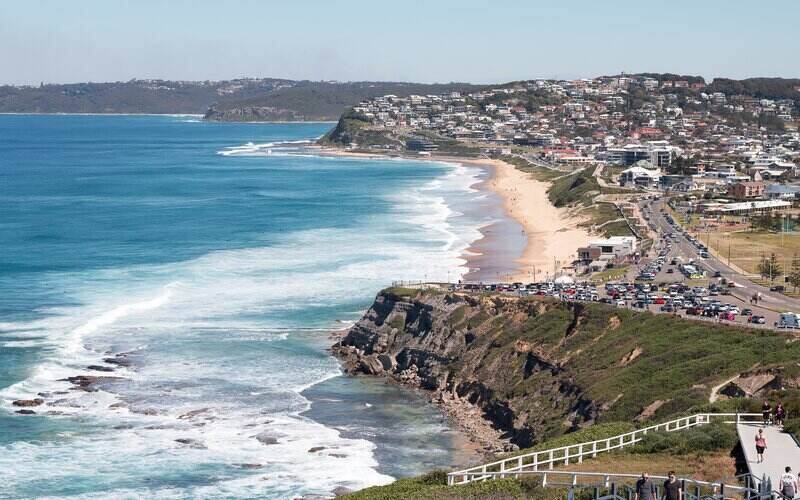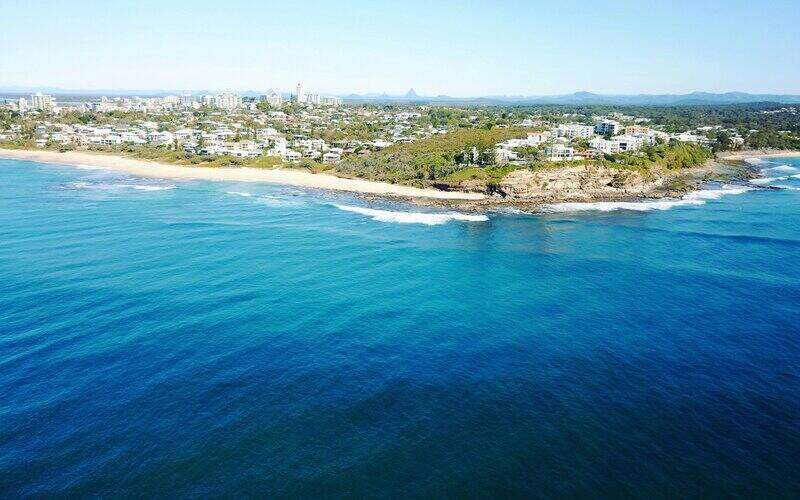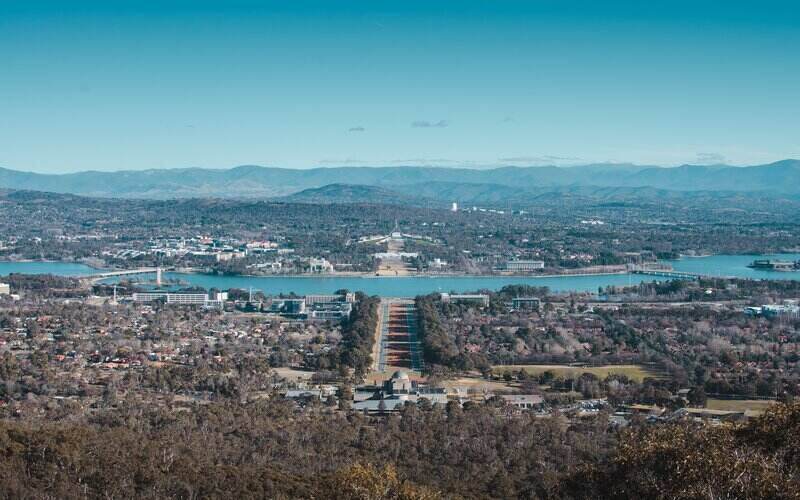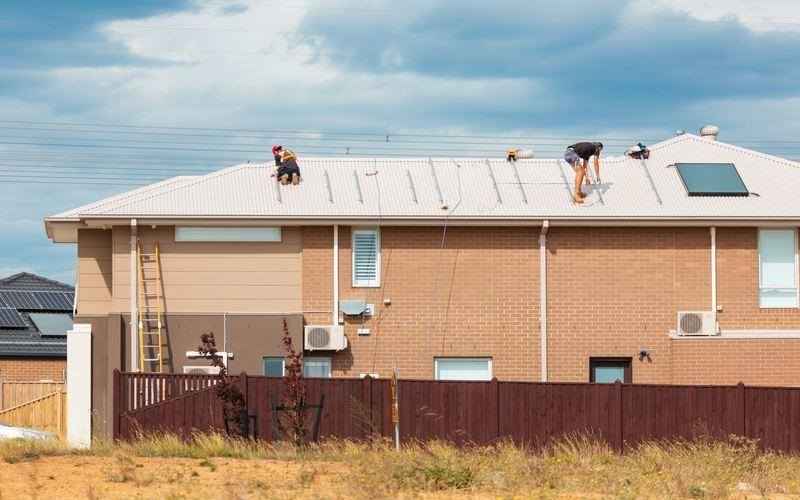The minutes reveal the Reserve Bank of Australia (RBA) board had actually considered a further reduction in the cash rate in its November Melbourne Cup day meeting but ultimately decided against it, saying current low interest rates were having negative effects on savers and confidence.
Below are some of the lowest variable home loan rates in the market this month.
| Lender | Home Loan | Interest Rate | Comparison Rate* | Monthly Repayment | Repayment type | Rate Type | Offset | Redraw | Ongoing Fees | Upfront Fees | LVR | Lump Sum Repayment | Additional Repayments | Split Loan Option | Tags | Features | Link | Compare |
|---|---|---|---|---|---|---|---|---|---|---|---|---|---|---|---|---|---|---|
6.04% p.a. | 6.06% p.a. | $2,408 | Principal & Interest | Variable | $0 | $530 | 70% | Featured Online ExclusiveUp To $4K Cashback |
| |||||||||
5.99% p.a. | 5.90% p.a. | $2,396 | Principal & Interest | Variable | $0 | $0 | 80% | Featured Apply In Minutes |
|
According to Westpac-Melbourne Institute Index of Consumer Sentiment, consumers have a low regard for the economic outlook and generally seem to be spooked by recent cuts, with the index falling sharply during rate cut months.
While the RBA decided to not cut rates again this month, it has not ruled out further cuts in the coming months if necessary.
“The board agreed that a case could be made to ease monetary policy at this meeting, but that the most appropriate approach would be to maintain the current stance of monetary policy and to make another full assessment once more evidence of the effects of the earlier monetary easing had become available,” the minutes said.
“As part of their deliberations, members also agreed that it was reasonable to expect that an extended period of low interest rates would be required in Australia to reach full employment and achieve the inflation target.
“The Board would continue to monitor developments, including in the labour market, and was prepared to ease monetary policy further if needed to support sustainable growth in the economy, full employment and the achievement of the inflation target over time.”
February rate cut likely
In response to the release of the minutes, both Commonwealth Bank and Westpac have maintained their predictions of a February rate cut, with Westpac saying a cut of 25 basis points then will take the cash rate to the “effective lower bound” (ELB) of 0.50%.
This essentially means 0.50% will be the lowest the cash rate will go.
Westpac Chief Economist Bill Evans said the minutes give the bank “no significant reason” to change its view that the next rate cut will occur in February.
“The minutes conclude that the Board would continue to monitor developments. It also referred to having already delivered a substantial monetary stimulus in recent months, there was a case to wait and assess the effects of this stimulus, especially given the long and variable lags,” Mr Evans said.
“Nevertheless, the minutes do not want to leave the reader in any doubt that the Board continues to have a clear easing bias.
“The minutes concluded that the Board “was prepared to ease monetary policy further if needed” and also noted that “members reviewed the case for a further reduction at the present meeting”.
According to Mr Evans, the RBA will not move away from its current practice of “monitoring” and maintains February will be the next rate cut – and the last for a while.
“The discussion around the impact of low rates on confidence is clearly very significant and gives some support to our view that 0.5% will be the effective lower bound of the cash rate in this cycle. “
Commsec Senior Economist Ryan Felsman also said February is pencilled in for the next rate cut.
“CommBank Group economists have pencilled in an interest rate cut in February 2020, but view further fiscal initiatives as being more effective in delivering additional support for the economy,” Mr Felsman said.
“Further evidence of a continuing loss of momentum in the job market could be the catalyst for another rate cut.
“In fact, Board members concede that ‘spare capacity is likely to remain in the labour market for some years’ with little progress expected to be made boosting Aussies pay packets – two essential ingredients for an improvement in consumer spending and a pick-up in inflation.”
Australia to get some much needed fiscal stimulus
The Morrison Government has announced it will bring forward $3.8 billion of new investment into the Australian economy, for projects such as roads and rails and other infrastructure projects over the next four years.
This will be welcomed by the Reserve Bank, as the government has long resisted calls from Governor Philip Lower for more infrastructure investment and fiscal intervention, instead insisting home loan rate cuts would take effect.
Mr Morrison will deliver a speech to the Business Council of Australia’s annual dinner tonight and is expected to say the following, based on draft extracts from his speech.
“Shortly after the election, I wrote to all state and territory leaders asking them to identify infrastructure projects from our $100 billion ten-year program that could be accelerated.”
“I’m pleased to announce that as a result of this process we have been able to bring forward $3.8 billion of investment into the next four years.
“This will support the economy in two ways – by accelerating construction activity and supporting jobs in the near term, and by reaping longer run productivity gains sooner.
“Every state and territory will benefit, with significant transport projects to be accelerated in all jurisdictions.”
We're bringing forward $3.8 billion of new investment into building new roads & rail across the country to get Australians home sooner & safer, strengthen our economy & create new jobs.
— Scott Morrison (@ScottMorrisonMP) November 20, 2019
Great to chat with @TheTodayShow from Brisbane about it earlier today.#BuildingOurEconomy pic.twitter.com/EN3CX25PBD
While the $3.8 billion will cover the next four years, $1.78 billion of it will come in the next 18 months.
The stimulus is also not limited to infrastructure: $550 million is being allocated to drought assistance, for example.
Shadow Treasurer Jim Chalmers said this sudden stimulus is an admission the economy is weaker than The Morrison Government has been letting on.
Today’s announcement from the Govt is an admission that Labor’s been right to say the economy is much weaker than Morrison & Frydenberg have been pretending, but it’s still not a comprehensive plan to deal with slowest growth since GFC, stagnant wages, rising unemployment #auspol
— Jim Chalmers MP (@JEChalmers) November 19, 2019

Ready, Set, Buy!
Learn everything you need to know about buying property – from choosing the right property and home loan, to the purchasing process, tips to save money and more!
With bonus Q&A sheet and Crossword!





 Harry O'Sullivan
Harry O'Sullivan














